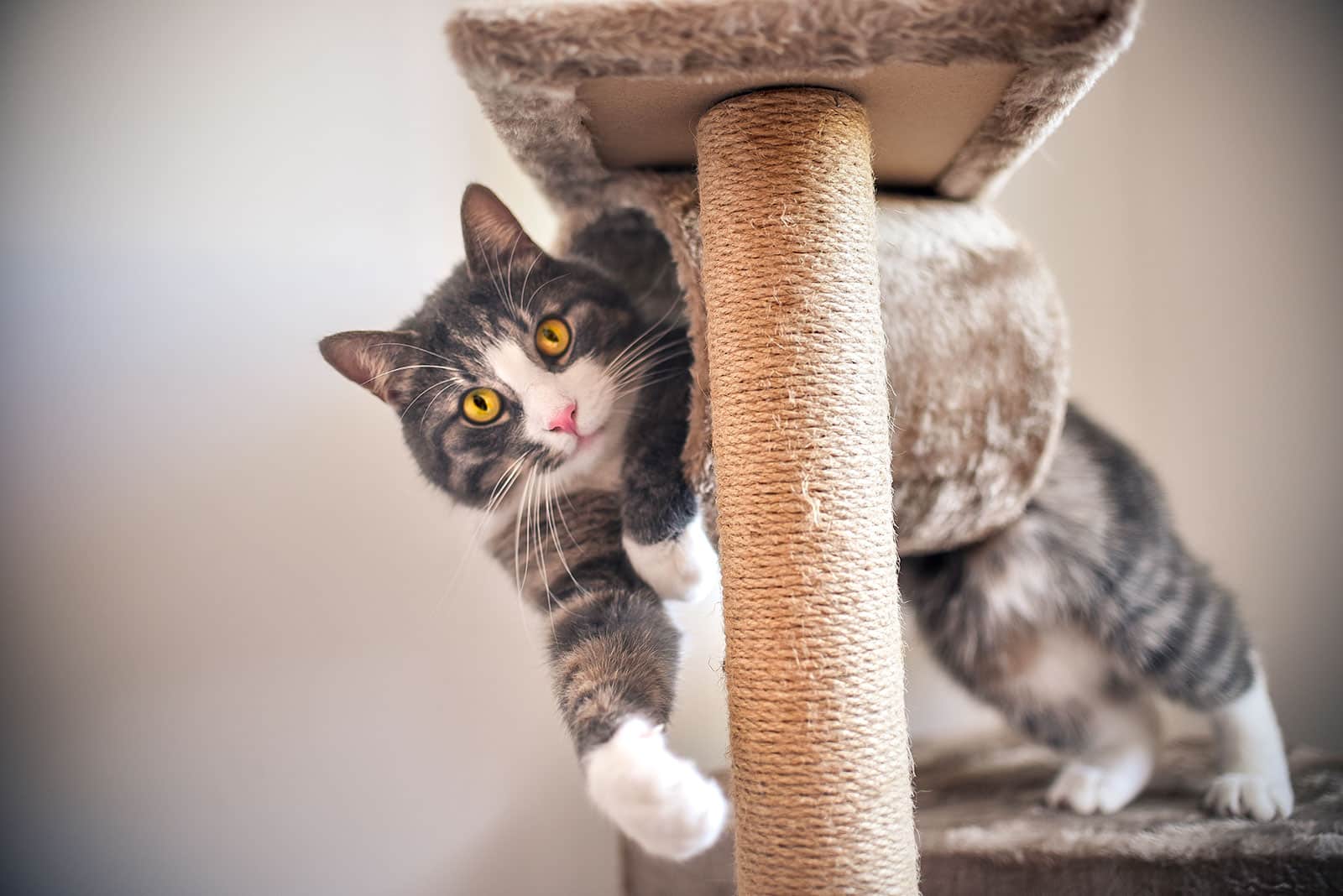Why feline arthritis is on the rise

It wasn’t long ago that feline arthritis was considered a relatively uncommon disease. As more becomes known about feline arthritis, its causes, signs and symptoms, veterinarians have realised it’s on the rise.
Studies have uncovered that up to 90% of cats past the age of 12 may be suffering from osteoarthritis. So, how did we miss this degenerative joint disease before and why is it occurring with such frequency now?
In this article, we answer these questions to help you identify feline arthritis earlier.
Feline Arthritis
Our beloved feline friends are living longer. While wear and tear over their lifetime is normal, genetics, injuries, and lifestyle management also play a role in arthritis.
Veterinarians now have a better understanding of how these factors impact on joint health. While genetics and injuries are largely out of our control, we now know that lifestyle management is the key to supporting healthy joints.
Arguably, the most effective thing you can do as a pet parent to protect your cat’s joints, is to keep their weight under control through a combination of diet and exercise. Obesity and feline arthritis are inextricably linked.
Signs and Symptoms
One of the great challenges of feline arthritis is identifying it in the first place. Cats by their very nature often disguise signs of pain and discomfort.
Unlike dogs, which normally show outward signs of stiffness and soreness, such as limping or hobbling, cats tend to exhibit less obvious signs, making it difficult for pet parents to pick up on an underlying problem.
Some of the signs of feline arthritis include:
- Reduced physical activity – your cat may become increasingly disinterested in playing with you or other animals. Maneuvering objects at height may appear more difficult, as well as jumping or climbing stairs.
- Grooming changes – over-grooming may result in saliva staining, a pink or brown residue that marks their fur. Alternatively, areas of their fur may become matted or unkempt due to difficulties grooming.
- Irritable or reclusive temperament – your cat may appear grumpy when you try to touch them, while other cats become more reclusive, hiding away for long periods of time to sleep in solitude.
- Litter tray troubles – your cat may start having accidents around the house due to difficulties posturing in their litter tray.
- Muscle atrophy – wastage of the muscles over your cat’s spine, due to arthritis, may cause their shoulder blades to become more prominent.
- Decreased mobility – like dogs, cats with severe arthritis may start limping or develop an intermittent or persistent stiffness. Their affected joints may also appear swollen or feel hot to the touch.
No matter how subtle the signs, if you suspect your cat is experiencing pain because of possible joint problems, speak with your veterinarian immediately.